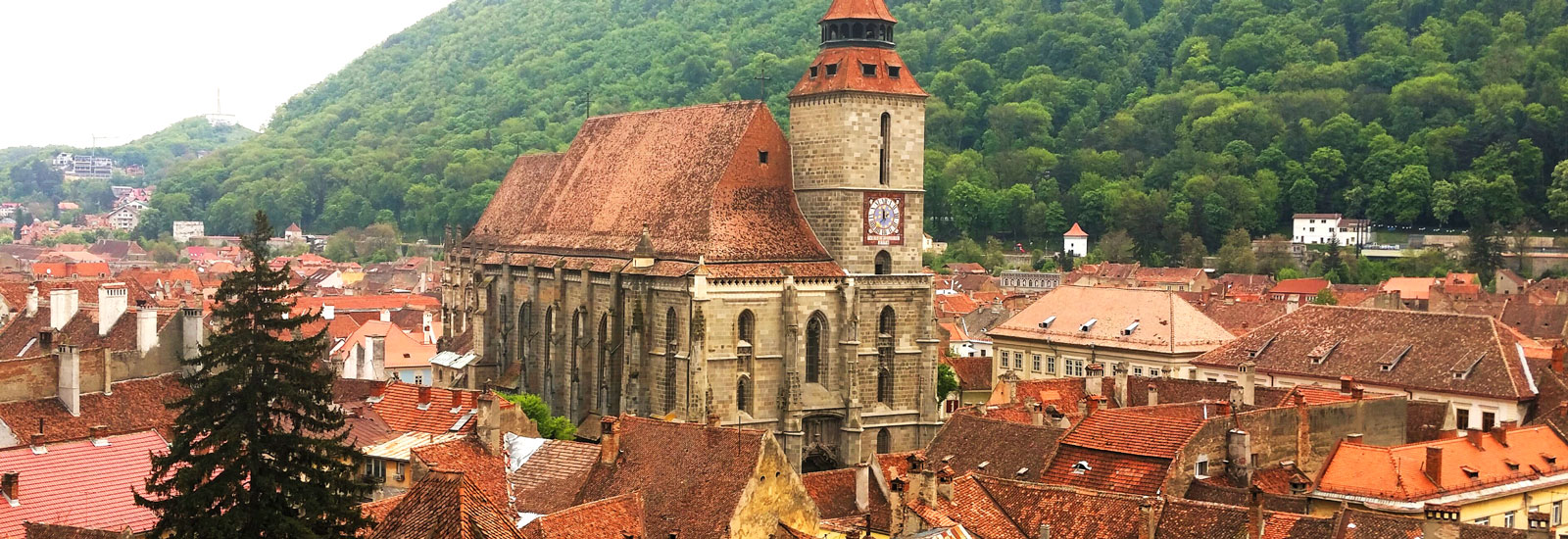Giurgiu
Giurgiu (Romanian pronunciation: [ˈdʒjurdʒju] is a city in southern Romania. The seat of Giurgiu County, it lies in the historical region of Muntenia. It is situated amongst mud-flats and marshes on the left bank of the Danube facing the Bulgarian city of Ruse on the opposite bank. Three small islands face the city, and a larger one shelters its port,
Highlights
About the city

The medieval citadel of Giurgiu
Today remains only the foundations from this citadel. The citadel was built before the year 1395, on a small island situated in the middle of the Danube close to Giurgiu Town. The citadel was an important part of the fortification system of Wallachia during the time of Mircea the Great (1386-1418) It was a citadel built from stone and its strategic importance was important because it defends a sea area of the Danube which permits the Ottoman Empire army to cross the Danube and attack Wallachia. The fortification was owned by Wallachia until 1419 when the Ottoman Empire conquered all the stone citadels of the Danube basin and was reconquered by Wallachia in 1593 when Michael the Brave took it back from the Turks. Now the citadel it is just a ruin near the Danube on farmland because the old island disappeared many years ago.
Clock Tower
The Clock Tower of Giurgiu was built by the Turks in 1700 from stone. From here they surveyed the horizons. In the XIX century, a big clock was added which is still functioning. The clock is located in the downtown area
The Greek Church
The Greek Church was built between 1863-1872 after the plans of the architect Avraam Ioanidis from Brusa and as patron The Good News. The church has large dimensions (45 m long, 21 m high) and very valuable stain glass windows. It has Also frescos painted by Gheorghe tatarascu, Constantin Livadas and Belizarie.
Comana Monastery

Comana Monastery is the foundation of Vlad the Impaler dated XV century and was ruined at the end of the XVI-the century.
In 1588 the nobleman Radu Serban began to build a monastery in Comana on the lands inherited from his mother. The place to build was chosen because of the existence of the walls of the old monastery, ruined at that time, but strong enough to be repaired and so to provide protection for the monks. Radu Serban built his church in this area and on the wall from the narthex painted his image and his wife as founders of the monastery as tradition said must be done. The same ruler Radu Serban painted the church in 1609 and died 11 years later in Vienna where he was a refugee and it is buried inside St. Stephen's cathedral in the Austrian capital.
In 1971 was discovered a fragment from a tombstone indicated the grave of Ancuta the daughter of Radu Serban. In 1699 Serban Cantacuzino began the restoration of Comana monastery. Rebuilding work was influenced by the new architectural style invented during the time of Constantin Brancoveanu. At this restoration, he added new rooms for the monks, repaired the walls and made them higher, and built the elegant tower on the northern side. It is decorated with ten columns made from hard stone decorated also on the capital with vegetal ornaments. Two of the ten columns bear carved the two-headed eagle symbol of the Cantacuzino family.
Supporting semicircular brick arches the ten columns give a note of beauty to the entire construction. This renovation of the church made by Serban Cantacuzino finished the relocation of all the ancestors into a common grave.
In 1709 Serban died and is also buried here. His grave can`t be seen to Comana because it was destroyed by the Greek monks during repairs to the church in 1854.
In 1908 the monastery it is restored once again by the Historical Monuments Committee but after WW2 again neglected. In 1932 was built inside the monument of the heroes from WWI after the indication made by our most important historian, Nicolae Iorga.
Nowadays the last restoration of the monastery is nearly finished.
